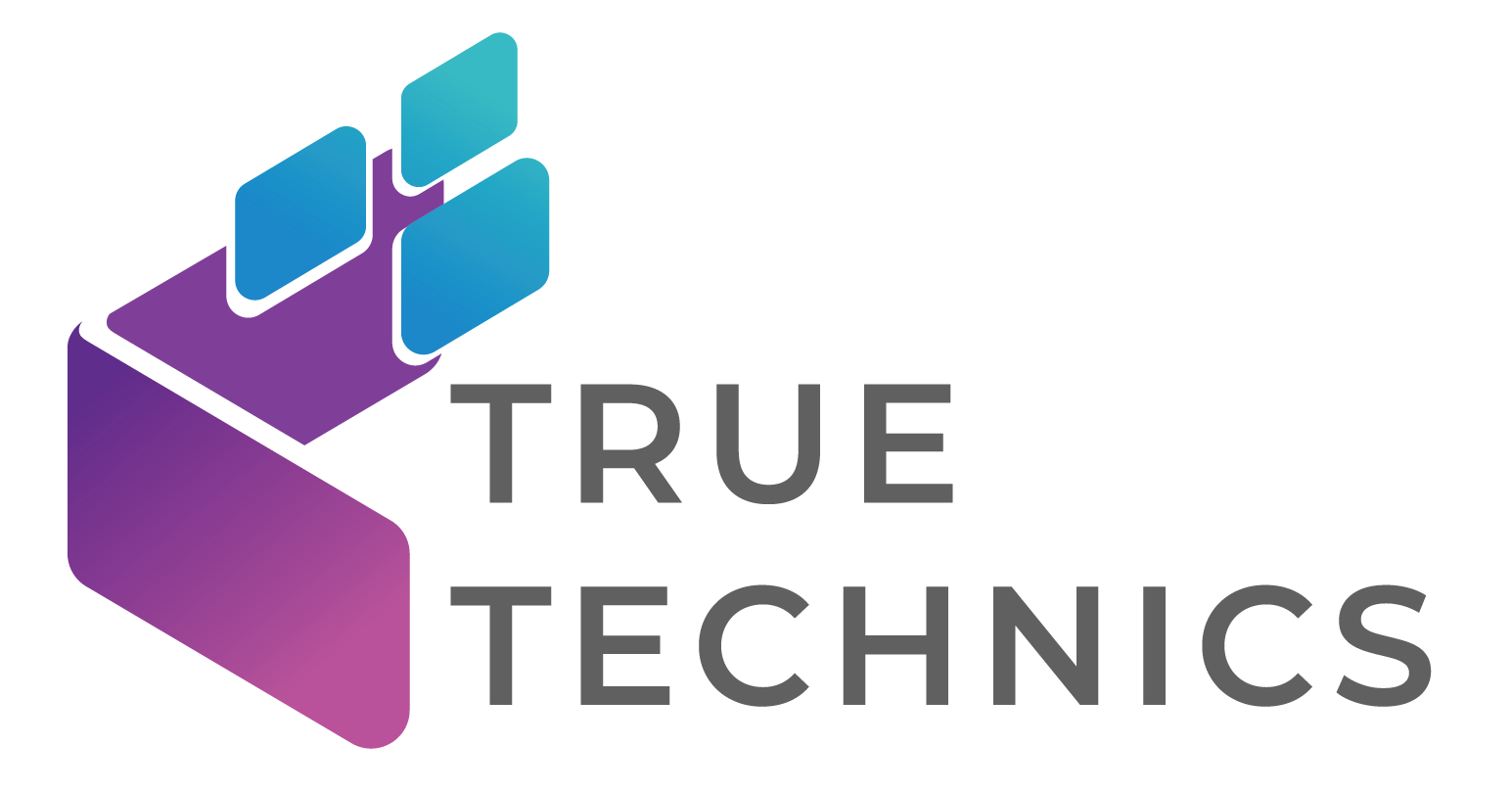Introduction
High-frequency trading (HFT) has transformed the landscape of financial markets, enabling traders to execute a multitude of orders at lightning speed. This evolution hinges on the integrity and reliability of real-time market data, which is pivotal for low-latency execution and robust trading analytics. In this blog post, we will delve into the intricate relationship between high-frequency data integrity and effective trading strategies, exploring tools, technologies, and best practices that can help traders optimize their performance.
Understanding High-Frequency Trading
High-frequency trading refers to the use of sophisticated algorithms to execute a large number of orders within fractions of a second. Unlike traditional trading, where decisions may be based on longer-term data analysis, HFT relies on speed and precision to capitalize on minute price movements. Traders employing HFT strategies often aim to make small profits on numerous trades, accumulating significant gains over time.
HFT is characterized by several key features:
- Speed: Orders are executed in milliseconds or microseconds.
- Volume: A substantial number of trades are made in a single day.
- Algorithmic Strategies: Complex algorithms analyze market conditions and execute trades automatically.
- Market Making: Many HFT firms act as market makers, providing liquidity by continuously offering buy and sell orders.
As trading volumes and the complexity of strategies increase, ensuring data integrity becomes increasingly critical.
The Role of Data Integrity in Trading
Data integrity refers to maintaining and assuring the accuracy and consistency of data over its lifecycle. In the context of high-frequency trading, it encompasses the reliability of market data utilized for decision-making processes.
Key aspects of data integrity in HFT include:
- Accuracy: Ensuring that data reflects true market conditions without errors or discrepancies.
- Timeliness: Real-time data is crucial; any delays can result in missed opportunities or losses.
- Completeness: Comprehensive datasets are necessary for informed decision-making.
- Consistency: Data should remain stable across different systems to avoid confusion.
Without robust data integrity measures, traders may face significant risks, including poor execution quality and financial losses.
Real-Time Market Data: An Overview
Real-time market data refers to the continuous stream of information about security prices, trading volumes, order book depth, and other essential metrics that traders need to make informed decisions quickly. This data is vital for high-frequency trading as it enables traders to react swiftly to market changes.
Market data can be categorized into several types:
- Price Data: Current prices for securities being traded.
- Order Book Data: Information about buy and sell orders at various price levels.
- Trade Data: Historical information about executed trades.
- News Feeds: Real-time updates on events that may impact market conditions.
The aggregation and analysis of this data allow traders to identify trends and execute strategies effectively.
The Importance of Low-Latency Execution
Low-latency execution is crucial in high-frequency trading environments where milliseconds can determine profitability. Latency refers to the delay between an action being initiated and its completion; therefore, minimizing latency directly impacts trade execution quality.
Strategies for achieving low-latency execution include:
- Optimizing Network Infrastructure: Using dedicated fiber optic lines or microwave technology can enhance speed.
- Proximity Hosting: Placing trading servers near exchange data centers reduces transmission time.
- Efficient Algorithms: Employing lightweight algorithms can reduce processing time during trade execution.
By focusing on low-latency execution, traders can capitalize on fleeting market opportunities that would otherwise be missed.
Tools and Technologies for Data Integrity
Several tools and technologies are available to enhance data integrity in high-frequency trading:
- Data Validation Software: Tools that check incoming data streams for accuracy before they are used in decision-making processes.
- Error Detection Mechanisms: Algorithms designed to identify anomalies in real-time data feeds.
- Blockchain Technology: Provides an immutable ledger that can enhance transparency and security in trade executions.
- APIs for Market Data: Application Programming Interfaces enable seamless integration of reliable market feeds into trading platforms.
Bookmap is one such tool that offers advanced visualization capabilities for order book dynamics, helping traders assess real-time market conditions while ensuring data integrity.
Case Studies: Successful Implementation of Data Integrity Strategies
To illustrate the importance of data integrity in high-frequency trading, consider the following case studies:
- Case Study A – A Major HFT Firm:
This firm implemented a comprehensive data validation system that reduced erroneous trades by 30%. By cross-referencing multiple data sources, they ensured accuracy across their trading algorithms.
- Case Study B – A Global Investment Bank:
Utilizing proximity hosting services enabled this bank to reduce latency by 20%. Their investment in infrastructure improvements significantly enhanced trade execution quality during volatile market conditions.
These examples highlight how organizations effectively leverage technology and strategic planning to ensure high standards of data integrity.
Industry Best Practices for Reliable Analytics
To maintain high levels of reliability in trading analytics, firms should adopt certain best practices:
- Regular Audits: Conduct periodic reviews of data sources and processing methods to identify potential weaknesses.
- Training Programs: Equip personnel with knowledge about best practices in data management and security protocols.
- Collaborative Environment: Foster communication between IT teams and traders to address any issues promptly.
- Redundancy Systems: Implement backup systems to ensure continuous operations even during failures or outages.
By adhering to these best practices, firms can fortify their analytics capabilities and enhance their decision-making processes significantly.
Future Trends in High-Frequency Trading
As technology continues to evolve, several trends are poised to shape the future of high-frequency trading:
- Artificial Intelligence Integration:
AI will play a pivotal role in refining algorithms for better predictions and trade executions based on vast datasets.
- Increased Regulation:
Regulatory bodies will likely impose stricter guidelines governing HFT practices, focusing on transparency and fair access to market data.
- Enhanced Data Security Measures:
With rising cyber threats, firms will invest heavily in cybersecurity protocols to protect sensitive trading information.
- Evolution of Market Microstructure:
Changes in how markets operate will necessitate adaptive strategies from HFT firms looking to maintain competitive edges.
Understanding these trends will be vital for traders aiming to navigate future challenges successfully.
The Role of Bookmap in Enhancing Data Integrity
Bookmap stands out as an innovative solution designed specifically for high-frequency traders seeking enhanced visualization tools while ensuring robust data integrity. By providing real-time insights into order book dynamics—such as liquidity levels and price movement—Bookmap enables traders to make informed decisions rapidly.
The platform’s ability to display historical order flow alongside live market activity allows users not only to analyze past performance but also predict potential future movements with greater accuracy. As such, leveraging Bookmap’s capabilities can lead to improved execution strategies while maintaining a focus on high-frequency data integrity.
In an era where every millisecond counts, ensuring the quality and reliability of your market data is not merely beneficial but essential for success in high-frequency trading environments. Embracing advanced tools like Bookmap combined with industry best practices will equip traders with the necessary insights needed for optimal performance amidst ever-evolving market dynamics.


